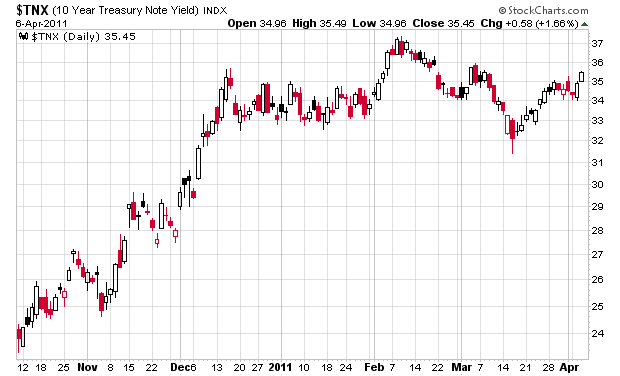Connacher Oil and Gas (TSX: CLL) is a small oil sands producer. Like OPTI (TSX: OPC), it is heavily in debt. Unlike OPTI, there is a valid business case to be made that would suggest that it could actually pay its debt without bankrupting its shareholders. The forecast does depend on the price of oil (and specifically bitumen) continuing to be high. The bulk of the capital expenditures on its two primary oil sands projects (Pod One and Algar) has been completed and so the cash requirements have been primarily maintenance and additional exploration.
The company is capitalized with roughly $500 million in equity and $1 billion in debt. The company was able to perform a term extension on its first lien and second lien notes, pushing the maturity away from 2014/2015 to 2018/2019 and incurring less of an interest rate bite (in exchange for some capital – the loan went up from roughly $800M to $900M).
There is also a $100M senior unsecured debenture (TSX: CLL.DB.A) which is due to mature on June 30, 2012. Given the company’s cash flow situation and available credit (having extended a credit facility for $100M for three years, a facility currently not used) it is quite probable that the debentures will be redeemed at maturity.
At a 98 cent price that would imply a yield to maturity of about 6.8%. The primary risk to the successful maturity of this issue would be if the price of bitumen dropped significantly beyond existing levels. Closer to the maturity date, it is likely the company will float another convertible debt offering to refinance.
My assessment is that there are probably worse places to put short term investment money than the debenture issue.
Disclaimer: I own some of these debentures from the economic crisis (early 2009) when they were trading under 40 cents.
